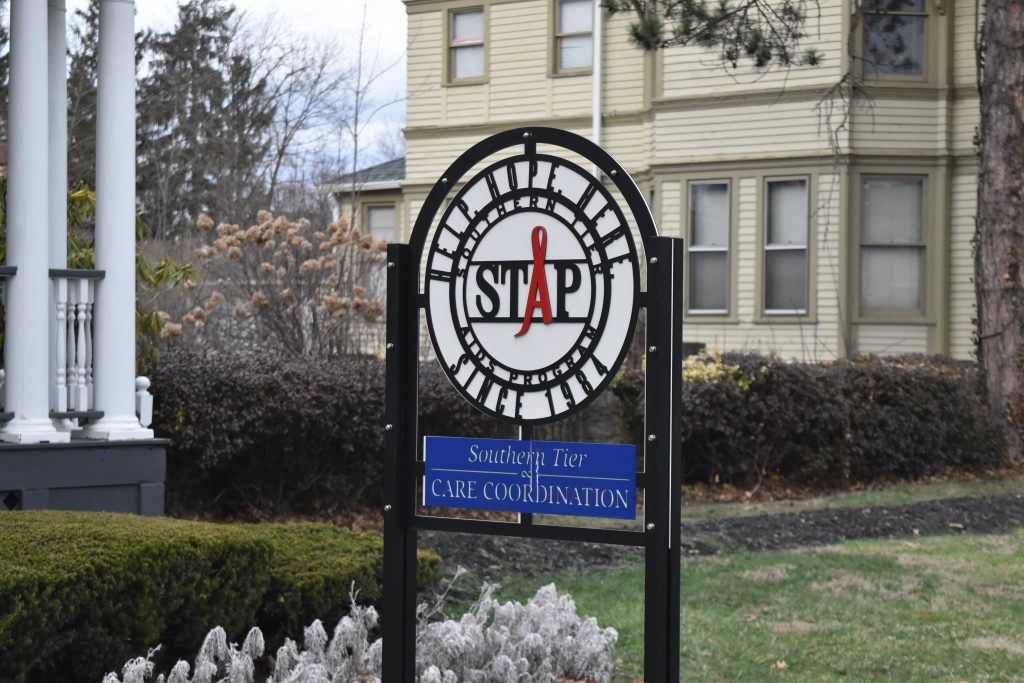The Southern Tier AIDS Program promotes public health in Broome County by offering resources to help drug users through their Syringe Exchange Program.
The Syringe Exchange Program “provides syringe access and comprehensive risk reduction services to individuals who currently inject substances,” according to the organization’s website. New York first established these services in 1992 to combat the HIV/AIDS epidemic in populations that used intravenous drugs. According to John Barry ‘91, the program’s executive director, each client receives an alphanumeric code to preserve anonymity and an enrollment card allowing them to legally carry syringes.
“Our folks are all across the spectrum, as far as that goes,” Barry said. “We serve folks that are very well off, and we serve folks that are very poor.”
Most program funding comes from the state Department of Health’s AIDS Institute, which offers various resources on sexual health and disease prevention. The Office of Drug User Health, a department under the institute, promotes “harm reduction practices” and funds syringe exchange programs.
Barry said around 20 percent of the Southern Tier AIDS Program’s funds come from the federal government, either directly or through through the state. He added that following the Trump administration’s attempt to cancel $11.4 billion in grant funding for mental health and addiction services, program workers are concerned about how it may be affected. The administration also stopped foreign aid for HIV programs in Africa earlier this year.
“We do not have notification yet that any of our funding has been canceled, but I’ve been talking to my board and to my directors, and we’re trying to do contingency planning for if and when some of those things come to our front door, because we expect that they will,” Barry said.
Individuals who use drugs can have their samples tested at the center with a Fourier-transform infrared spectrometer. A facility whiteboard alerts community members about dangerous substances circulating in the local drug supply. Program officials have detected fentanyl and, more recently, veterinary drugs like xylazine and medetomidine in samples.
“From our perspective with both of these drugs, they are heavy duty sedatives and are not responsive to things like Narcan and naloxone,” Barry said.
The Syringe Exchange Program also aims to support public health on a larger scale by preventing infections like hepatitis C and endocarditis, a life-threatening infection usually caused by bacteria settling on the heart’s valves. Staff also hand out Narcan and disposal containers for needles and syringes.
The program also offers HIV and sexually transmitted disease testing and works with veteran-, women- and minority-owned suppliers to provide hygiene products like tampons.
Barry said his experience as a veteran helps him connect with people who oppose the facility’s syringe exchange program. In response to critics of harm reduction techniques, he said, “Behavioral change is a gradual process for all of us.”
“It doesn’t matter what it is, whether it’s quitting substance abuse, whether it’s going to the gym regularly, whether it’s losing 10 pounds and then regaining it,” Barry said. “And if we want behavior change to be a permanent thing for people, we have to let them do it gradually.”



